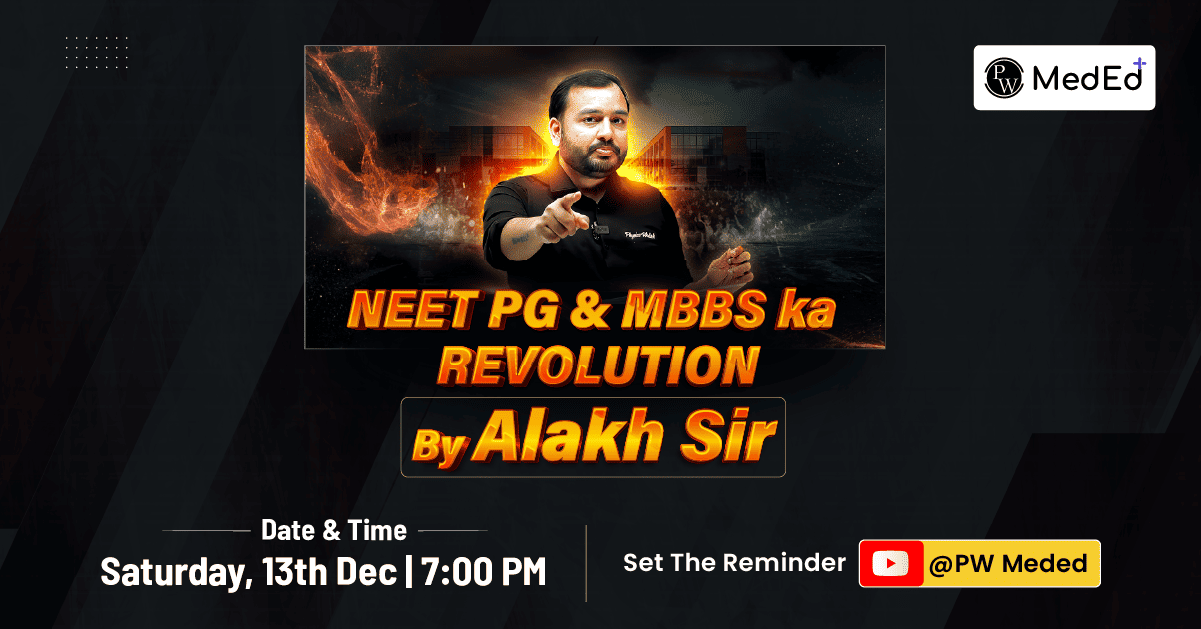
Coronary Artery Disease: Beat the Silent Killer . Coronary artery disease is a condition characterized by an inadequate supply of blood and oxygen to the myocardium, resulting from the occlusion of the coronary arteries. This leads to a demand-supply mismatch of oxygen. It typically involves the formation of plaques in the lumen of coronary arteries that impede blood flow. A major cause of death worldwide, CAD is a dreadful condition plaguing mankind.
Visit - MedEd App
Read More - Pharyngeal Arches
Etiology of CAD
Being a multifactorial phenomenon, CAD is caused and affected by a variety of factors, some modifiable and some non-modifiable. Modifiable risk factors include smoking, obesity, lipid levels, and psychosocial variables. Non-modifiable factors include gender, age, family history, and genetics. A faster-paced lifestyle has led people to eat more fast foods and unhealthy meals, which has led to an increased prevalence of ischemic heart diseases. Smoking remains the number one cause of cardiovascular diseases. The male gender is more predisposed than the female gender. Hypercholesterolemia remains an important modifiable risk factor for CAD.Pathophysiology of CAD
The hallmark of the mechanism of injury of CAD is the development of atherosclerotic plaque. Plaque is a build-up of fatty material that narrows the vessel lumen and impedes blood flow. The first step in the process is the formation of a “fatty streak.” A fatty streak is formed by subendothelial (endothelium is the innermost lining of blood vessels) deposition of lipid-laden macrophages, also called foam cells. When a vascular insult occurs, the intima layer breaks, and monocytes migrate into the subendothelial space where they become macrophages. These macrophages take up oxidized fat particles, and foam cells are formed. T cells get activated, releasing cytokines that aid in the pathological process. Growth factors released activate smooth muscles, which also take up oxidized fat particles and collagen, depositing them along with activated macrophages and increasing the population of foam cells. This process leads to the formation of subendothelial plaque. Over time, this plaque could grow in size or become stable if no further insult occurs to the endothelium. If it becomes stable, a fibrous cap will form, and the lesion will become calcified over time. As time passes, the lesion can become hemodynamically significant enough that not enough blood would reach the myocardial tissue during increased demands, causing angina symptoms.Read More - Radiodiagnosis
Diagnosis
Tests to help diagnose or confirm coronary artery disease include: 1.Blood Tests: Blood tests can check blood sugar and cholesterol levels. A high-sensitivity C-reactive protein (CRP) test checks for a protein linked to inflammation of the arteries. 2.Electrocardiogram (ECG or EKG): This quick test checks the electrical activity of the heart, showing how the heart is beating. Sticky patches called electrodes attach to the chest and sometimes the arms and legs. Wires connect the electrodes to a computer, which prints or displays the test results. The ECG signal patterns can show if you had or are having a heart attack. 3.Echocardiogram: This test uses sound waves to show blood flow through the heart. Parts of the heart that move weakly may be caused by a lack of oxygen or a heart attack. This may be a sign of coronary artery disease or other conditions. 4.Exercise Stress Test: If your symptoms usually occur during exercise, your healthcare professional may recommend this test. You walk on a treadmill or ride a stationary bike while your heart is checked. Because exercise makes the heart pump harder and faster than it does during most daily activities, an exercise stress test can show heart problems that might otherwise be missed. 5.Cardiac Catheterization and Angiogram: This test can see blockages in the heart arteries. A doctor places a long, thin flexible tube called a catheter in a blood vessel, usually in the groin or wrist. It’s guided to the heart. Dye flows through the catheter to arteries in the heart. The dye helps the arteries show up more clearly on X-ray images and video. Heart treatments may be done during this test.Coronary Artery Disease FAQs
What are the complications of CAD?
Complications of CAD can include heart attack, heart failure, arrhythmias, and sudden cardiac arrest.
What is the role of lifestyle in CAD?
Lifestyle plays a significant role in the development and management of CAD. Factors such as diet, physical activity, smoking, and stress levels can all influence the risk and progression of CAD.
What are the possible interventions in CAD?
Interventions for CAD include lifestyle changes, medications (such as statins, beta-blockers, and antiplatelets), and surgical procedures (such as angioplasty and coronary artery bypass grafting).
What is angina pectoris?
Angina pectoris is a symptom of CAD characterized by chest pain or discomfort that occurs when the heart muscle doesn’t get enough oxygen-rich blood. It often occurs during physical activity or stress.
Talk to a counsellorHave doubts? Our support team will be happy to assist you!

Check out these Related Articles
Free Learning Resources
PW Books
Notes (Class 10-12)
PW Study Materials
Notes (Class 6-9)
Ncert Solutions
Govt Exams
Class 6th to 12th Online Courses
Govt Job Exams Courses
UPSC Coaching
Defence Exam Coaching
Gate Exam Coaching
Other Exams
Know about Physics Wallah
Physics Wallah is an Indian edtech platform that provides accessible & comprehensive learning experiences to students from Class 6th to postgraduate level. We also provide extensive NCERT solutions, sample paper, NEET, JEE Mains, BITSAT previous year papers & more such resources to students. Physics Wallah also caters to over 3.5 million registered students and over 78 lakh+ Youtube subscribers with 4.8 rating on its app.
We Stand Out because
We provide students with intensive courses with India’s qualified & experienced faculties & mentors. PW strives to make the learning experience comprehensive and accessible for students of all sections of society. We believe in empowering every single student who couldn't dream of a good career in engineering and medical field earlier.
Our Key Focus Areas
Physics Wallah's main focus is to make the learning experience as economical as possible for all students. With our affordable courses like Lakshya, Udaan and Arjuna and many others, we have been able to provide a platform for lakhs of aspirants. From providing Chemistry, Maths, Physics formula to giving e-books of eminent authors like RD Sharma, RS Aggarwal and Lakhmir Singh, PW focuses on every single student's need for preparation.
What Makes Us Different
Physics Wallah strives to develop a comprehensive pedagogical structure for students, where they get a state-of-the-art learning experience with study material and resources. Apart from catering students preparing for JEE Mains and NEET, PW also provides study material for each state board like Uttar Pradesh, Bihar, and others
Copyright © 2025 Physicswallah Limited All rights reserved.
Get App









